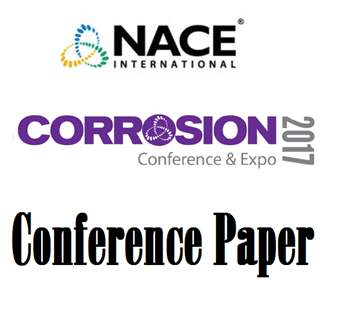Search
51316-7406-Modeling of Corrosion Mechanisms in the Presence of Quaternary Ammonium Chloride and Imidazoline Corrosion Inhibitors
Also Purchased
01543 DESIGN CONSIDERATIONS TO MINIMIZE AMMONIUM CHLORIDE CORROSION IN HYDROTREATER REAC'S
Product Number:
51300-01543-SG
ISBN:
01543 2001 CP
$20.00
Ammonium Chloride Corrosion in the Refining Industry
Product Number:
51317--9574-SG
ISBN:
9574 2017 CP
Publication Date:
2017
$20.00
Evaluate Ammonium Chloride Corrosion Potential with Water Partial Pressure
Product Number:
51317--8960-SG
ISBN:
8960 2017 CP
Publication Date:
2017
$20.00




